
Category of Astronomical Heritage: tangible immovable
Melbourne Observatory, Australia

Description
Geographical position
Melbourne Observatory, Melbourne, Victoria, Australia - in the Royal Botanic Gardens
Location
Latitude 37°49’47’’ S, Longitude144°58’30’’ E, Elevation ....m above mean sea level.
IAU observatory code
907
Description of (scientific/cultural/natural) heritage
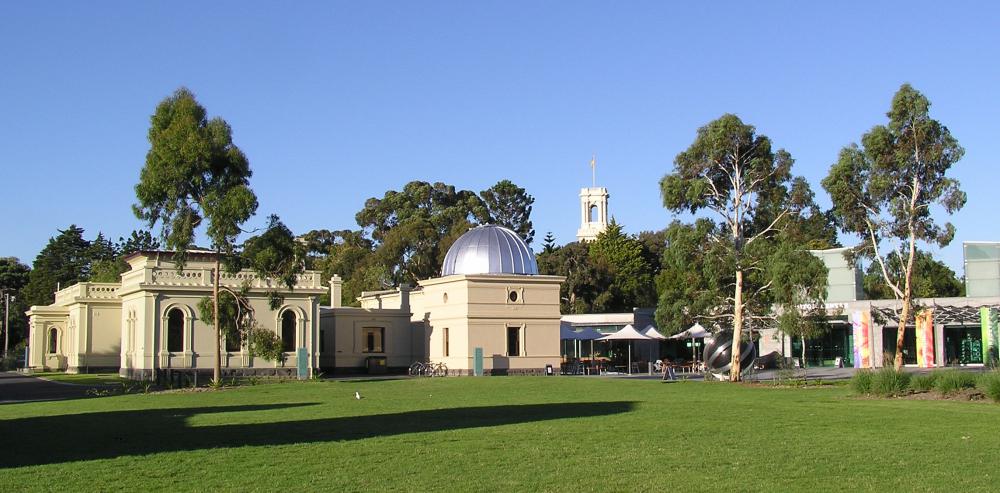
Fig. 1. Melbourne Observatory (1863) (Wikipedia)
Melbourne Observatory was founded in 1863, by merging of the astronomical observatory Williamstown Observatory (1853) and the Flagstaff Observatory (1858) with magnetic and meteorological observations. A suitable place was found in the Royal Botanic Gardens. Melbourne Observatory’s task was especially timekeeping.
William Parkinson Wilson (1826--1874), professor of mathematics at the University of Melbourne 1854, proposed in 1856 Melbourne as the site for the southern hemisphere observatory and demonstrated a model of a 122-cm-reflector. The project was realized, the famous "Great Melbourne Telescope", an a 48-inch (122cm) telescope, was installed in 1869 and it was the largest fully steerable telescope in the world.
The Melbourne Observatory also participated at the Transit of Venus (1874) with the aim to determine the distance between Earth and Sun, the Astronomical Unit. Since 1887, astrophotography was started with the participation in the international "Carte du Ciel" project, besides Melbourne, also Sydney and Perth participated.
In 1908 the Commonwealth Government transferred meteorology including some staff to the Weather Bureau.
Due to light pollution of the city, the governement no longer supported observatory in 1945. It was taken over by the Board of the Royal Botanic Gardens of Victoria (RBGV).
Now, it is used as a public observatory, the Astronomical Society of Victoria (ASV) organizes outreach events.
History
Governement Astronomers
- Robert Lewis John Ellery (1827--1908), 1853 to 1895 "director" of the small Observatory Williamstown, 1862 to Melbourne, 1858 surveying of Victoria, he was the first Government Astronomer of Melbourne
- Georg von Neumayer (1826--1909), 1858 to 1864 "director" of the Observatory Flaggstaff Hill, West Melbourne, for Geophysics, Magnetism and Nautical science.
- Pietro Paolo Giovanni Ernesto Baracchi (1851--1926), 1883 third assistant, the second Government Astronomer from 1895/1900 to 1915
- Joseph Mason Baldwin (1878--1945), 1908 assistant, the third and last Government Astronomer from 1920 to 1943.
%undertook observations every month for a year in 1911-12 at Mount Stromlo, established by Pietro Baracchi in 1910, leading to the creation of the Commonwealth Solar Observatory in 1924, the first astronomical institution of the federal government.
Historical Instruments at the Melbourne Observatory
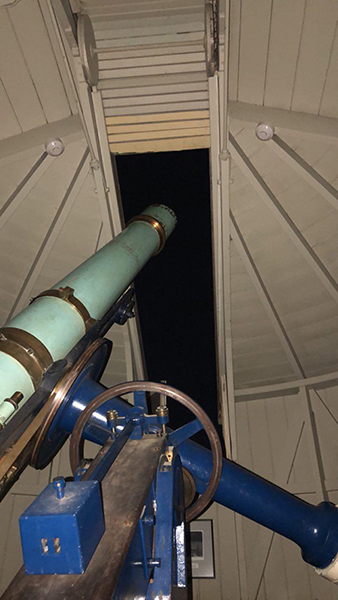
Fig. 2. 8-inch-Refracting-Telescope (Tina Baradaran)
- Transit instrument
- Campiche clock
- Shepherd clock
- Chronograph, Siemens & Halske of Berlin
- Fillet Chronograph
- 8-inch (20 cm) refracting telescope, Troughton and Simms of London (1874)
- 4-inch (10 cm) Photoheliograph, Dallmeyer of London (1874) (fully restored)
- Transit telescope (1888)

Fig. 3. Great Melbourne Telescope, 1.22-m-Reflector, Robinson & Grubb (1869) (Wikipedia)
- Great Melbourne Telescope - (48’’ transit telescope) 1.22-m-Reflector, Robinson & Grubb (1868/70), sponsored by an Australian Gold boom, one of the last big metal mirror reflecting telescopes (speculum - a heavy alloy of copper and tin) before the silver-on-glass designs came to predominate, used without a dome (wind problems), unused since 1893,
sold and moved to the Mount Stromlo Observatory (1945). In the 1990s the reflector - with significant modifications - joined the Massive Astrophysical Compact Halo Objects (MACHO) project to investigate one of the big mysteries of the universe - ’dark matter’. But in 2003, the Melbourne Telescope was damaged in the Canberra bushfires.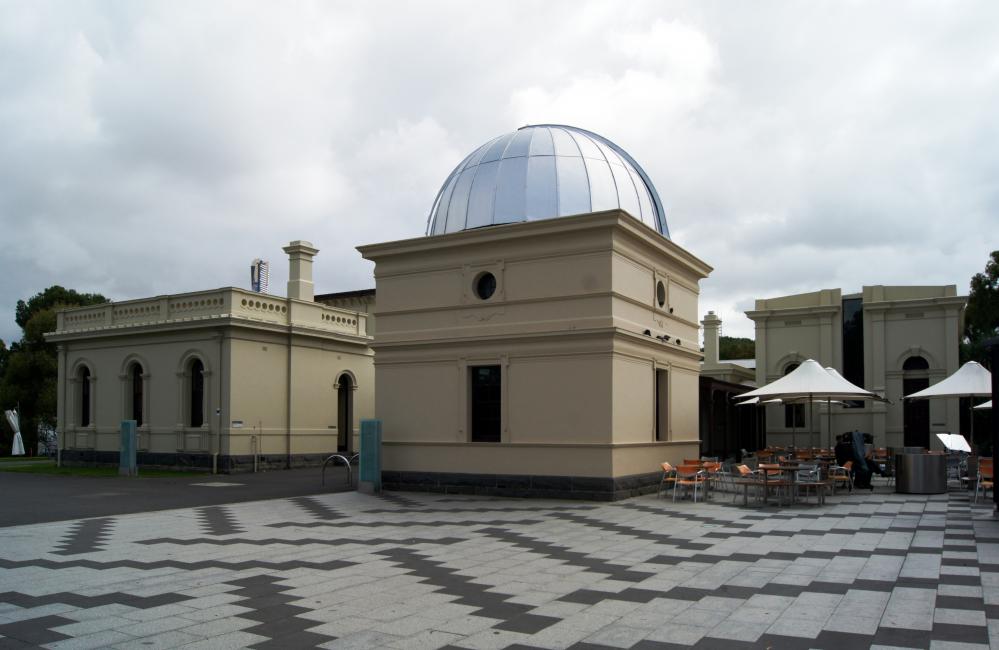
Fig. 4. Astrograph House of Melbourne Observatory (ASV)
- 13-inch (330mm) 13-inch Melbourne astrographic telescope (Carte du Ciel), Howard Grubb of Dublin - the Melbourne astrograph was moved to Sydney Observatory in the late 1940s - now replaced by the 12-inch-Newton for the public
- 12-inch (300mm) Newtonian reflecting telescope (ASV)
- Leon Mow Radio Observatory (LMRO), 8-m-dish - for the public
State of preservation
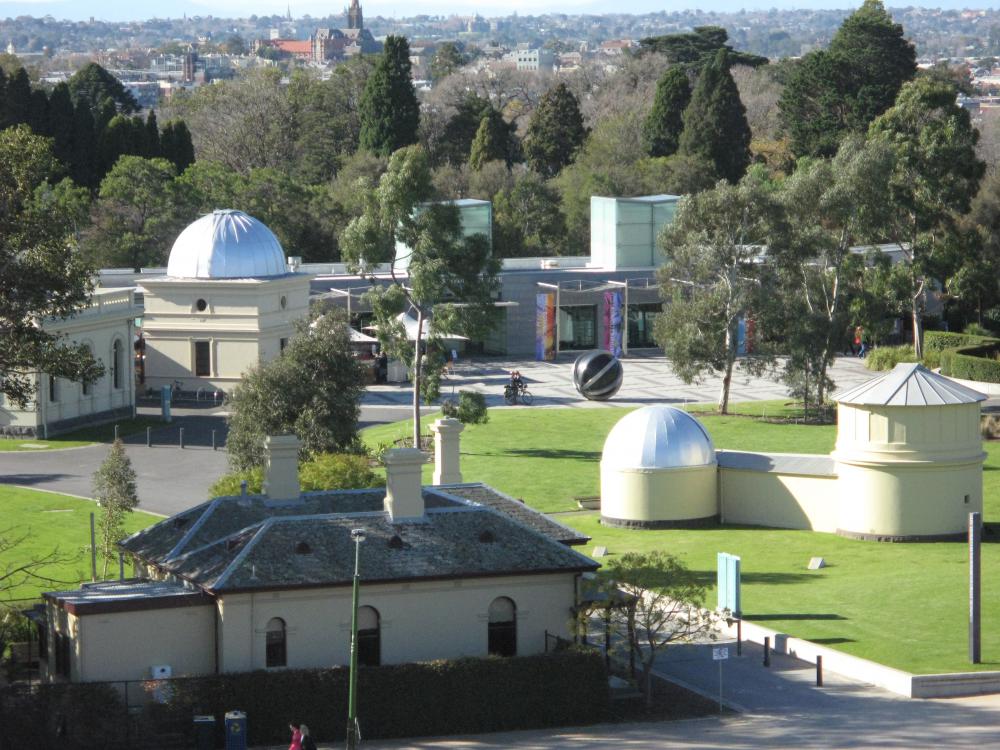
Fig. 4. Melbourne Observatory (Wikipedia 3, Nick carson)
In 1945, and until 1994, most of the scientific equipment and instruments, including the Great Melbourne Telescope, were sold or moved elsewhere; a substantial cultural heritage loss took place when it was under Board of the Royal Botanic Gardens of Victoria (RBGV) - contrary to the Heritage Act 1995. Finally, in 1994, the heritage buildings of the Observatory were protected on the basis of architectural merit. It is now permanently on the National Heritage List since early 2018.
A reinstallation of the reconstructed Great Melbourne Telescope of 1869 in its original building is planned by a cooperation of the Museum Victoria, the Astronomical Society of Victoria and the Royal Botanic Gardens by 2024, in time for the Observatory’s 160th anniversary.
Comparison with related/similar sites
Sydney and Melbourne Observatories, including Birr Castle in Ireland, are highly significant 19th century observatories and are heritage sites, public observatories and museums of astronomy.
Threats or potential threats
Since 1945 cultural heritage losses took place. Now restoration is planned.
Present use
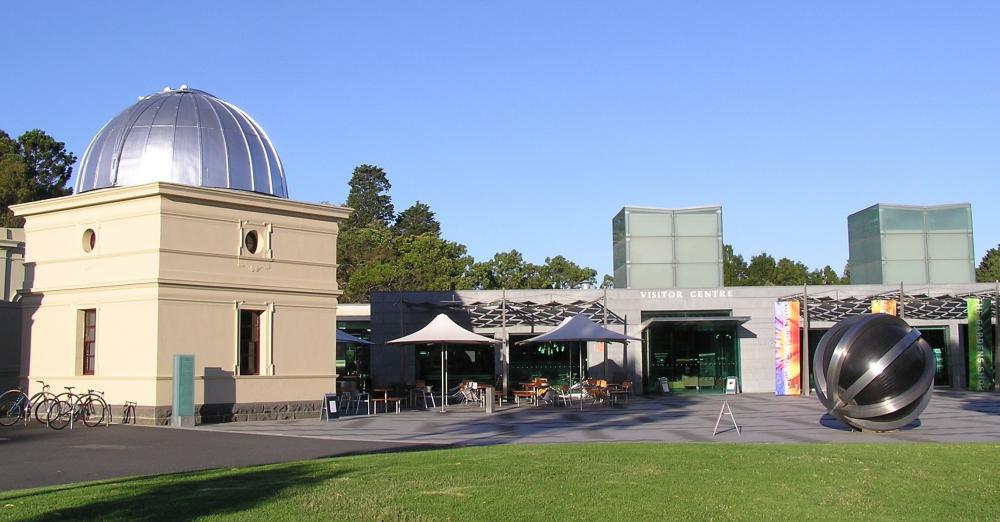
Fig. 5. Melbourne Public Observatory with Art, Visitor Center and Café (Wikipedia)
Melbourne Public Observatory - Astronomical Society of Victoria (ASV)
Astronomical relevance today
not used in modern astronomy since 1945.
References
Bibliography (books and published articles)
- Bhathal, Ragbir & Graeme White: A Brief History of Astronomy in Australia. Kenthurst, NSW: Kangaroo Press 1991.
- Gascoigne, S.C.B.: The Great Melbourne Telescope and other 19th-century reflectors. In: The Quarterly Journal of the Royal Astronomical Society 37 (1996), p. 101.
- Gillespie, Richard: Engineering Work Begins. The Great Melbourne Telescope. In: Phoenix Newsletter - Issue 9, November 2013. https://greatmelbournetelescope.org.au/2014/01/29/engineering-work-begins/ (10.03.2021).
- Mulcaster, Glenn: Great Melbourne Telescope to see night again. In: The Age - Fairfax Media (21 February 2012).
- Money, Lawrence: Rebuilding the Great Melbourne Telescope has universal appeal. In: Sydney Morning Herald. Fairfax Media (15 January 2014).
- Perdrix, John L.: The Melbourne Observatory. In: Journal of the Astronomical Society of Victoria (1961), p.19-25, p. 45-48, p. 60-64.
- Perdrix, John L.: Baracchi, Pietro Paolo Giovanni Ernesto (1851--1926). In: Australian Dictionary of Biography, Vol. 7, MUP (1979), p. 166-167.
- Simon, Philipp: Baldwin, Joseph Mason (1878-1945). In: Australian Dictionary of Biography, Vol. 7, MUP (1979), p. 157-158.
- Wayman, P.A.: The Grubb Astrographic Telescopes, 1887-1896. In: Mapping the Sky: Past Heritage and Future Directions: Proceedings of the 133rd Symposium of the International Astronomical Union, held in Paris, France, 1-5 June 1987. Edited by Suzanne Debarbat. Dordrecht: Kluwer Academic Publishers (International Astronomical Union Symposium; no. 133) 1988, p. 139. 1988IAUS..133..139W
- Wilson, William Parkinson (1826-1874). In: Australian Dictionary of Biography, National Centre of Biography, Australian National University, https://adb.anu.edu.au/biography/wilson-william-parkinson-4870/text8143, published first in hardcopy 1976, accessed online 11 March 2021.
- W.T.L.: Robert Lewis John Ellery. In: Monthly Notices of the Royal Astronomical Society 69 (1909), p. 245.
Links to external sites
(accessed March 10, 2021)
- Astronomical Society of Victoria, founded in 1922, http://asv.org.au/
- Events for the public in Melbourne Observatory:
https://www.rbg.vic.gov.au/whats-on/starry-southern-skies - Great Melbourne Telescope, Mount Stromlo Observatory: ANU Research School of Astronomy & Astrophysics
https://rsaa.anu.edu.au/observatories/telescopes/great-melbourne-telescope - Hulbert, Melissa: A Visit to the Historical Melbourne Observatory. (September 11, 2019),
https://maas.museum/observations/2019/09/11/a-visit-to-the-historical-melbourne-observatory/ - Transit telescope, Melbourne Observatory, Victoria, Australia (1888) Antique maps and prints:
https://www.antiquemapsandprints.com/transit-telescope-melbourne-observatory-victoria-australia-1888-old-print-399581-p.asp
No multimedia content published
Currently there is no multimedia content published for this case study












